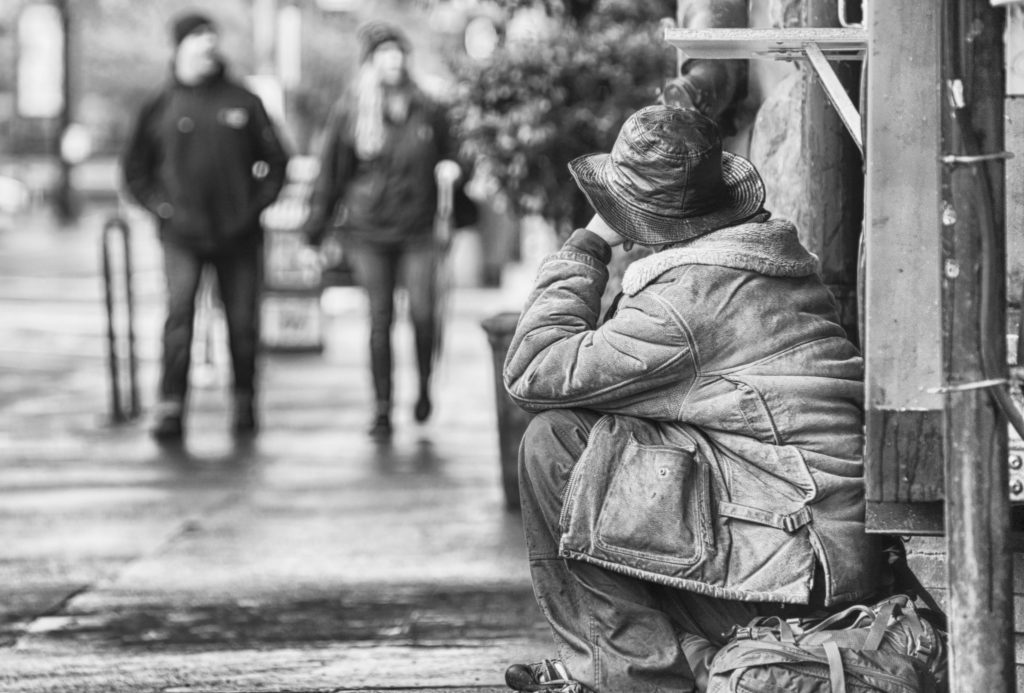Versed in Outrage
A poet’s capitulation highlights the challenges facing artists and intellectuals

The short poem “How-To” by a white poet named Anders Carlson-Wee, published last month in The Nation magazine, concerns itself with the invisibility of homelessness from a place of empathy: “If you’re crippled don’t / flaunt it. Let em think they’re good enough / Christians to notice.” Yet, according to a mortifying editor’s note released July 24 in response to mounting criticism on social media, the poem “contains disparaging and ableist language that has given offense and caused harm to members of several communities.” [The emphasis is mine.]
The writer and Nation columnist Katha Pollitt rightly called the apology “craven.” Carlson-Wee apologized, too, acknowledging on Twitter that the criticism—in this instance against his use of black vernacular—had been “eye-opening.” He added that he would be reckoning with what it means to create art from “a place of privilege” going forward and that he would also donate his honorarium to a charity that fights homelessness. (Notably, the cultural appropriation backlash seemed to come from other whites, while multiple black Twitter users noted that they had not been harmed and even found the poem moving.) Ultimately, Carlson-Wee received hundreds of replies in response to his apology, two of which struck me, for different reasons, as disturbingly indicative of the challenges artists and intellectuals face in this terrifying era in which audiences actively seek outrage.
The first reply chastised Carlson-Wee for his use of the term “eye-opening” in his apology, noting that it was a further instance of “ableism.” In fairness, several users objected to this criticism, which seemed to have been made in earnest, and many more came to the poet’s defense more broadly. But another user made a stronger point: “Dude, stick up for your craft,” he implored the poet. Indeed, what is most startling is not, in fact, the reflexive and disingenuous outrage of the mob—let alone the mob’s inability to engage with art through an aesthetic or even ironic lens—though that is frightening, too. Rather, it is the artist’s own chilling fatigue, his lack of will or belief or energy to mount any kind of self-defense, to insist on the validity of his own view. So, through weakness and capitulation—his own, as well as his editors’—an imaginary offense is somehow made to exist.

